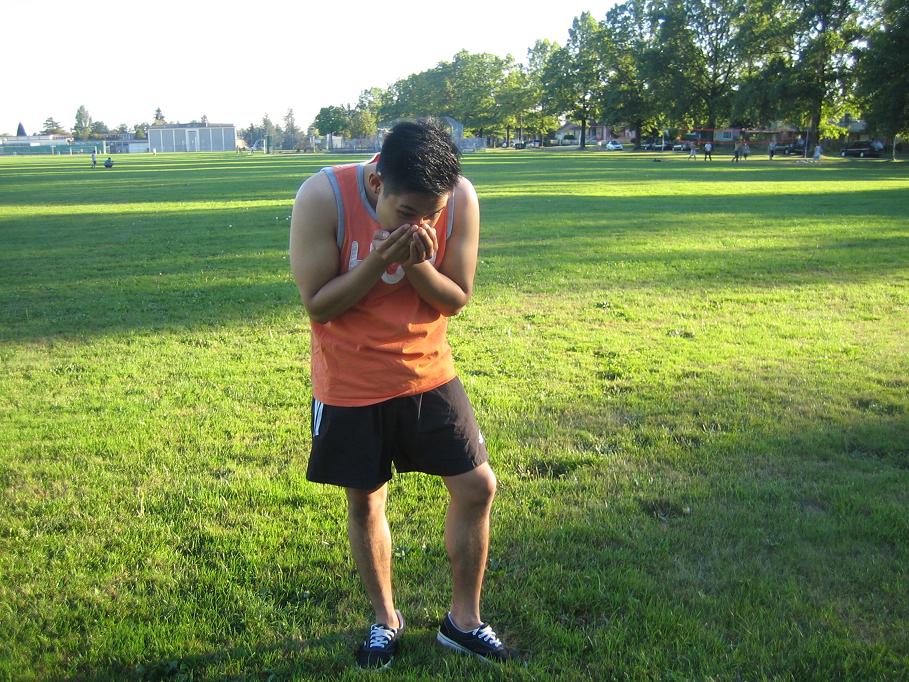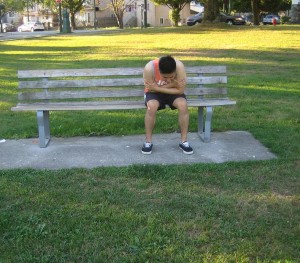It is a known fact that car exhaust has high levels of carbon monoxide. Remember that hemoglobin is attracted to carbon monoxide. Since hemoglobin is responsible for transporting oxygen, it ends up binding to carbon monoxide. It is actually a strong bond in which the gas drives out oxygen in the red blood cells. An individual with carbon monoxide poisoning has diminished amount of oxygen that reaches the vital organs such as the brain and the heart.
What are the indications?
The symptoms of carbon monoxide poisoning are somewhat similar to other conditions that affect the central nervous system. It is vital to consider the likelihood of poisoning once an individual around potential sources of the gas experiences any of the following:
- Headache
- Shortness of breath
The symptoms of carbon monoxide poisoning are somewhat similar to other conditions that affect the central nervous system such as headache and shortness of breath. - Confusion or unconsciousness
- Nausea and vomiting
- Dizziness or unstable gait
- Fatigue or weakness
In case more than one individual is in the same area and starts to manifest similar symptoms at the same time, it is possible that it is carbon monoxide poisoning. Call for emergency assistance right away and move everybody out of the building if possible.
The ideal defense against carbon monoxide poisoning is to install a carbon monoxide detector in the house.
Unlike with other conditions that reduce the oxygen level in the blood, individuals with poisoning are practically never pale or bluish in appearance. Even though it does not occur every time, the color of the skin in severe cases appears flushed red or bright pink similar to a sunburn. Remember that this is a late indication and does not usually manifest or not until the individual is loses consciousness or already dead. If the individual has bright reddish coloring, bring him/her out of the building right away and when safe, call for an ambulance.
Management of carbon monoxide poisoning
Once carbon monoxide poisoning is suspected, you have to take into consideration the following:
- Transfer the individual away from the area right away. Breathing in fresh air will stop carbon monoxide poisoning from getting worse. Nevertheless, the individual still requires immediate attention.
- Call for emergency assistance right away. The management of poisoning necessitates immediate medical care that involves administration of oxygen. If emergency assistance is not available, you have to bring the individual to the nearest emergency department.
- Carefully follow the first aid basics until help arrives in the scene.
The ideal way to manage the poisoning is to interchange the carbon monoxide in the bloodstream with large amounts of oxygen. In most cases, the individual has to breathe in high concentrations of oxygen for a number of hours to reverse the poisoning.
In severe cases, the individual requires treatment in a barometric chamber that provides 100% oxygen in a high-pressure environment to drive out all the carbon monoxide and provide oxygen back to where it belongs.
Remember that a building or vehicle is not considered safe until the source of the carbon monoxide is discovered and dealt with. You have to call for a healthcare professional to further diagnose and repair the exact cause of the carbon monoxide leakage. Do not go inside a possibly hazardous area until it has been emptied of the dangerous gas.


